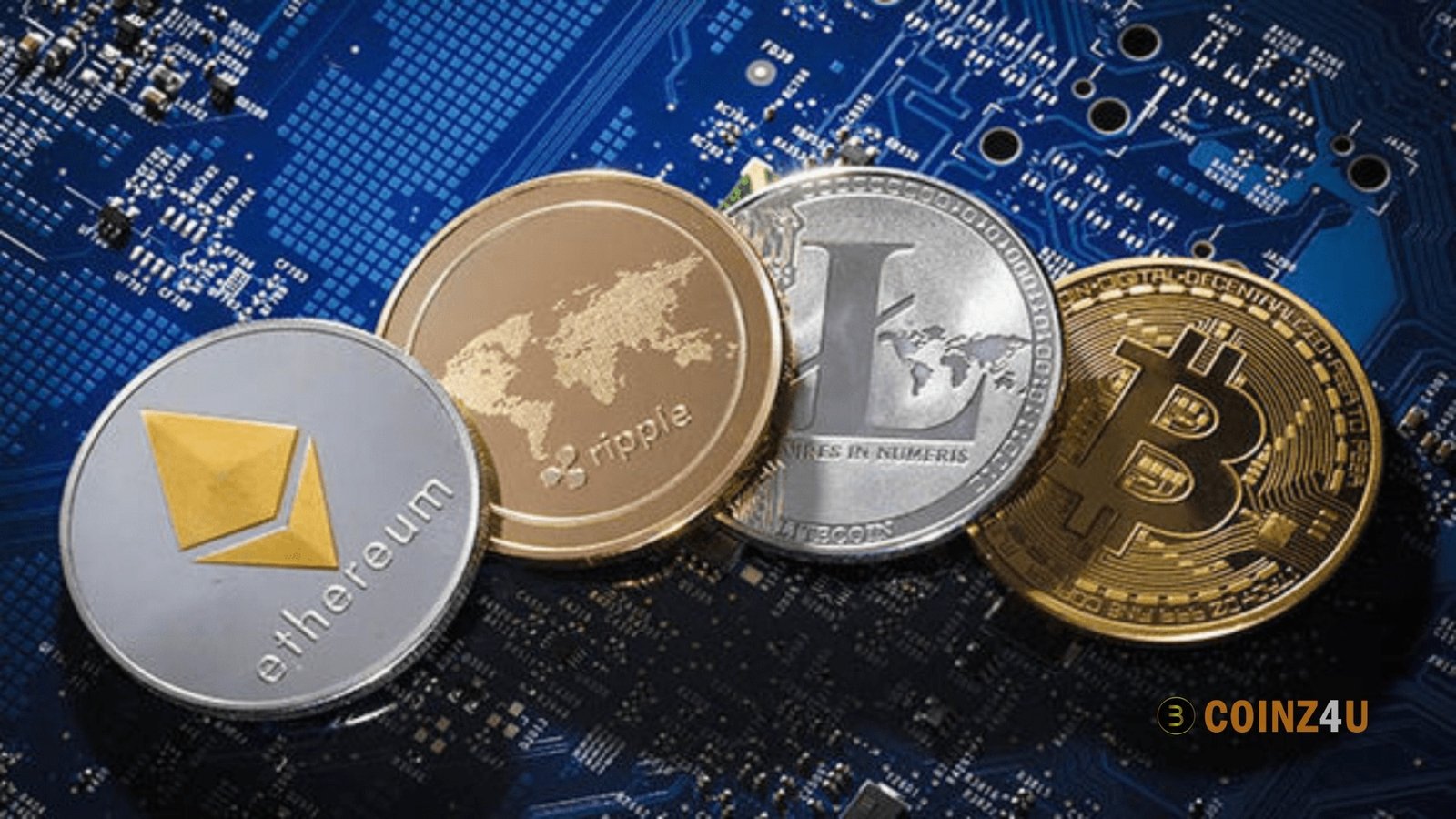Next Gen Coin: The relentless quest for technological advancement propels the Bitcoin industry into perpetual flux. One of the latest developments in digital money is the rise of “Next Gen Coin,” a name given to a new category of cryptocurrencies seen as the future wave regarding blockchain technology. By providing better scalability, security, and transaction efficiency, these currencies want to change how we see digital assets.
This article will go over the main points of Next Gen Coins, how they work, and how they could change the world’s financial system. It will also explain why these coins are called the future of cryptocurrencies.
What is a Next Gen Coin?
“Next Gen Coin” describes a new type of cryptocurrency that aims to solve problems with existing blockchain networks, such as Ethereum and Bitcoin. Next gen coins focus on scalability, transaction speed, security, and energy efficiency, building upon the concepts of decentralized digital currency introduced by first-gen coins like Bitcoin and smart contracts introduced by second-gen coins like Ethereum.
Sharding, proof-of-stake (PoS) consensus techniques, layer-2 solutions, and interoperability are all aspects of blockchain technology that these new coins take advantage of. Combining these technologies, Next Gen Coins (NGC) promises a more powerful and scalable decentralized financial ecosystem.
Key Features of Next Gen Coins
Several distinguishing characteristics of Next Gen Coins make them different from previous cryptocurrency iterations. A few of the more noteworthy developments are listed below:

Scalability and Speed
Scalability is a major issue that has plagued the Bitcoin industry. Slower transaction speeds and higher costs may result from an increase in the number of users participating in blockchain networks. To solve this problem and enable speedier transactions without overwhelming the main blockchain, Next Gen Coins employ technologies like sharding and layer-2 solutions.
Next, Gen Coins like Polkadot and Solana have accomplished incredible transaction speeds using sophisticated consensus algorithms and parallel processing. These enhancements make them significantly more scalable than their predecessors and enable the smooth processing of thousands of transactions per second (TPS).
Energy Efficiency
The enormous energy needed for Bitcoin mining has led to criticism of the proof-of-work (PoW) process for its environmental impact. To solve this problem, Next Gen Coins is using proof-of-stake (PoS) and other energy-efficient consensus processes. The key to PoS is staking validators’ coins to protect the network, eliminating the need for energy-intensive mining.
Greener cryptocurrency solutions are becoming more common, and Ethereum’s latest 2.0 upgrade—including a change from PoW to PoS—illustrates this trend well. Like Cardano and Avalanche, other Next Gen Coins are constructed utilizing PoS techniques, greatly decreasing their environmental impact.
Interoperability
One of the main goals of Next Gen Coins is to facilitate communication and data sharing across various blockchain networks. This is a huge improvement over previous iterations of blockchain technology, which could not frequently transfer assets between networks.
Compatibility between blockchains allows users to transfer assets between networks without intermediaries, improving both the user experience and the liquidity of digital assets.
Projects such as Cosmos and Polkadot are at the forefront of this movement, developing cross-chain protocols that facilitate secure interaction and data sharing between various blockchains.
Enhanced Security
Next-generation coins are setting a new standard for digital currency security—their greater security results from cutting-edge cryptography, quantum resistance, and decentralized governance systems.
Also, users can have a say in governance decisions with Next Gen Coins because they use decentralized autonomous organizations (DAOs). This makes the network more resistant to manipulation and security breaches because no one entity has authority over it.
Privacy
The Next Gen Coin ecosystem also prioritizes privacy. Although early digital currencies such as Bitcoin did offer some anonymity, it was not complete privacy. There are worries about privacy and surveillance because blockchain analytics firms can identify individuals by their transactions.
To facilitate anonymous transactions, Next Gen Coins is investigating privacy-enhancing technologies, including ring signatures and zero-knowledge proofs (ZKPs). Zcash and Monero are two of the first coins to offer improved privacy features, making them popular among users who value anonymity highly.
The Impact of Next Gen Coins on the Financial System
Next Gen Coins’ advances might cause a major shakeup in the international monetary system. Some ways they might make a difference are as follows:

Decentralized Finance (DeFi)
Decentralized finance, or Next Gen Coins, is an intriguing use case. DeFi platforms use blockchain technology to facilitate lending, borrowing, and trading, cutting away intermediaries such as banks. With their speed, security, and scalability, next-generation coins are perfect for driving DeFi apps. Next-generation Coins allow new forms of decentralized finance to emerge that are more accessible and efficient. By doing so, they empower individuals to manage their finances and decentralize financial assets.
Reduced Transaction Costs
High transaction costs are a common feature of traditional banking systems, particularly when it comes to overseas transfers. Next Gen Coins, with their decentralized and efficient cross-border value transfer system, can significantly cut these costs. Micropayments and other small-scale transactions will be economically feasible on Next Gen Coin networks after layer-2 scaling solutions are implemented. This will allow transaction fees to be reduced to fractions of a cent.
Digital Asset Tokenization
Tokenizing assets is putting digital or physical assets into a blockchain representation. Next-generation coinage makes tokenizing tangible things like art, commodities, and real estate possible. Facilitating fractional ownership and the transferability of assets opens up new avenues for investment and liquidity.
Next-generation coins have the potential to unlock formerly inaccessible markets for assets, including fine art and real estate, through tokenization. This might lead to a revolution in these sectors.
Final Thoughts
The next generation of cryptocurrency, Next Gen Coins, addresses the shortcomings of previous blockchain systems. Thanks to their enhanced scalability, energy efficiency, interoperability, and security, these coins could propel the next revolution in decentralized banking and beyond. Next Gen Coins are expected to be essential in defining the trajectory of blockchain technology and digital assets as the world’s monetary system undergoes further transformation.
Also Read: Catizen Coin Price: A Deep Dive into the Latest Developments









